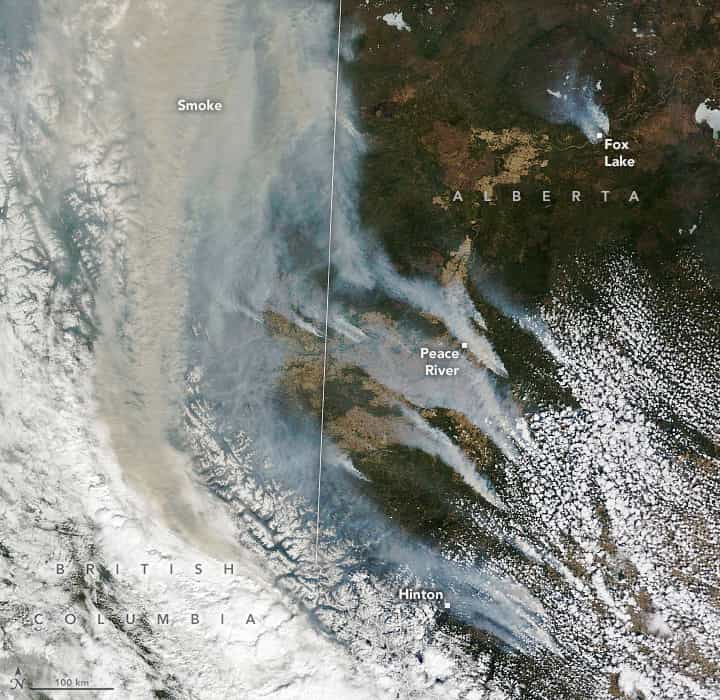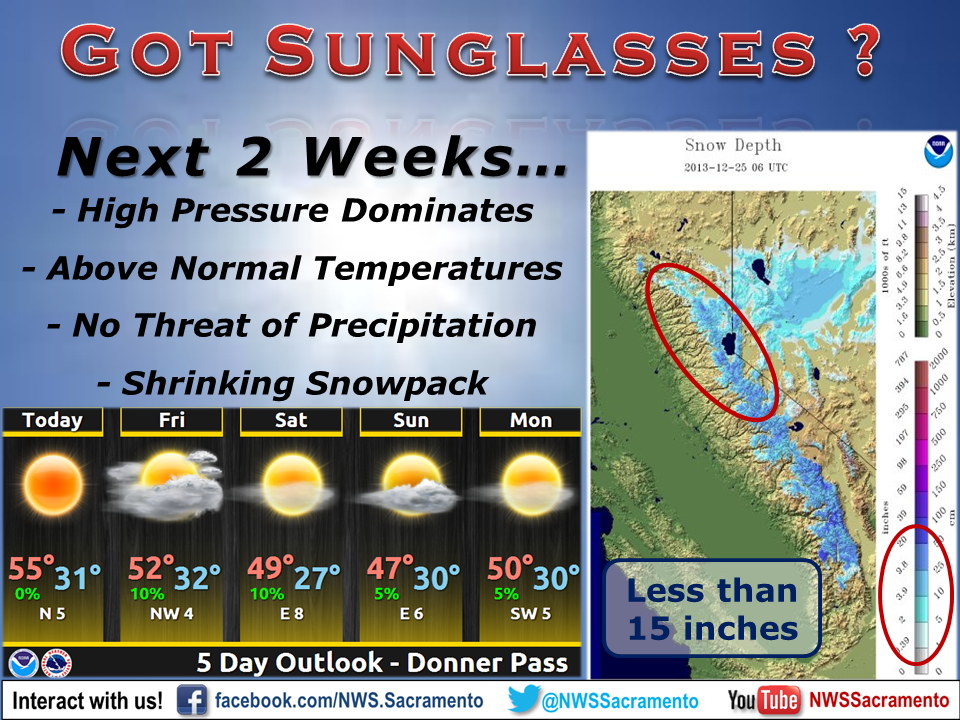
More than 100 wildfires raged across Western Canada in early May 2023, forcing tens of thousands of people in Alberta and British Columbia to evacuate. The fires destroyed homes and produced chimneys of smoke that reached the upper troposphere.
The Moderate Resolution Imaging Spectroradiometer (MODIS) on NASA’s Terra satellite acquired this image (above) of smoke billowing from fires in the two Canadian provinces on May 6, 2023. On that day, officials in Alberta declared a provincial state of emergency.
As of May 8, 29 fires were burning out of control in Alberta, which has been hit hardest by the wildfires. One of the season’s first fires in the province was ignited on May 2, in the Fox Lake community, at the top of this image. The community lost 20 homes in the fires, as well as the town’s police station and the water treatment plant. As of May 8, four fires were burning out of control in British Columbia, near its border with Alberta.
The fires in Alberta have been so intense they have produced towering chimneys of smoke. Using remote sensing, researchers at the Cooperative Institute for Meteorological Satellite Studies at the University of Wisconsin, Madison, observed the formation of a pyrocumulonimbus (pyroCb) cloud billowing from a wildfire west of Edmonton on May 4. Based on measurements from the GOES-18 satellite, temperatures at the top of the cloud were as cold as -61°C (-78°F). These temperatures indicate that the smoke may have reached an altitude of about 12 kilometers (39,000 feet). That would put the top of the pyroCb cloud into the tropopause—the boundary between the troposphere and the stratosphere.
Early May is typically the start of the wildland fire season in Alberta, as snowmelt uncovers dead vegetation that can become fuel for fires. This year, an unusually hot and dry spring made it easier for fires to start, according to a news release issued by the government of Alberta.
Although temperatures in Alberta were unusually warm during the first week of May, cooler weather arrived on May 8, which may help firefighters battle the flames.
This post first appeared on NASA Earth Observatory. NASA Earth Observatory image by Lauren Dauphin, using MODIS data from NASA EOSDIS LANCE and GIBS/Worldview. Story by Emily Cassidy.




